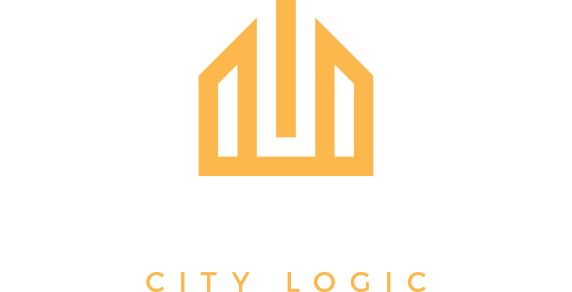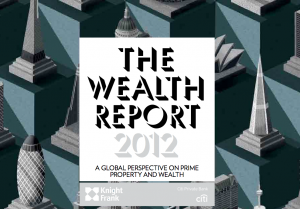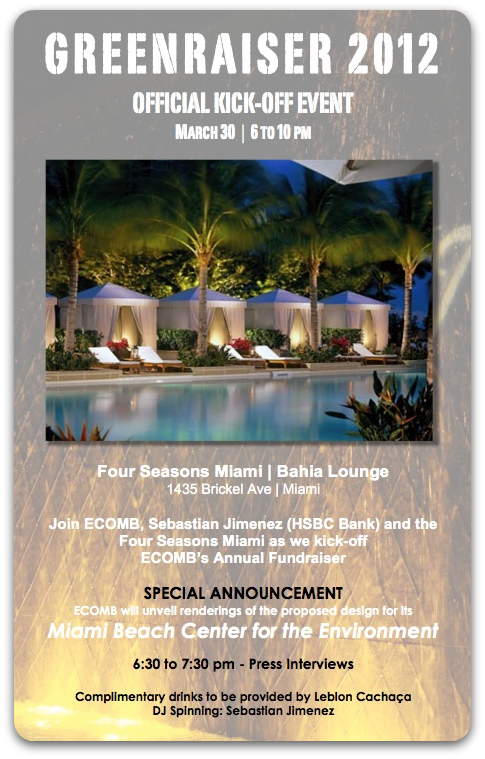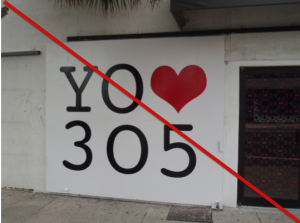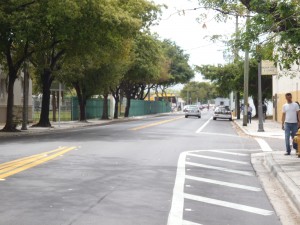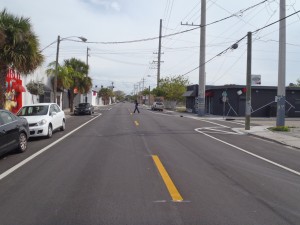Last week Florida East Coast Industries announced they would begin operating passenger rail service between Miami and Orlando by 2014. The All Aboard Florida 240-mile passenger rail service would be privately operated and Florida’s taxpayers would have no ongoing construction or operating risks.
Henry Flagler is arguably responsible for bringing development to South Florida in the late 19th and early 20th century when he extended rail service from St. Augustine south to West Palm Beach and eventually to Miami and then Key West. When he arrived to Florida in 1885 he began construction of the 504-room Ponce De Leon Hotel in St. Augustine. Realizing the need for a sound transportation system to support his hotel ventures, Flagler purchased short line railroads in what would later became known as the Florida East Coast Railway. He quickly understood that rail spurred development and it allowed people and goods to travel from the Northeast to the Sunshine State. His hotel was an immediate success because of the rail connection.
Mr. Flagler must be smiling from the heavens today. After nearly half a century of interrupted passenger rail service, the choo-choo is about to make a comeback. The prospect for transit oriented development (TOD) has never been better for South Florida and passenger rail service would have a dramatic impact as to how real estate developers plan their next big project-just as Flagler did over a century ago.
Forget about building in the Everglades, the future for South Florida real estate developers is to build densely populated mixed-use, walkable communities near rail stations. According to Reconnecting America the benefits of TOD include:
- Potential for added value created through increased and/or sustained property values where transit investments have occurred
- Reduced household driving and thus lowered regional congestion, air pollution and greenhouse gas emissions
- Walkable communities that accommodate more healthy and active lifestyles
- Increased transit ridership and fare revenue
- Improved access to jobs and economic opportunity for low-income people and working families
- Expanded mobility choices that reduce dependence on the automobile, reduce transportation costs and free up household income for other purposes
No one knows the benefits of added property value better then Florida East Coast Industries and Flagler Development Company. Flagler Development Company is FECI’s sister company and they own a 9-acre strip of land in Miami’s fast-growing historic downtown, which has 2,500,000 square feet of entitled development rights. The land is just north of Government Center and would most likely be the end of the line for the Orlando-Miami connection. It would be safe to say there would be a huge development here that would transform downtown. Should the train station and the accompanying development become a reality a new “city center” would be established. We can only hope that Miami Dade Transit, the FDOT and the FECI are coordinating efforts to make Government Center a successful downtown intermodal hub with a bus station. If done properly the area around Government Center could see real estate values skyrocket.
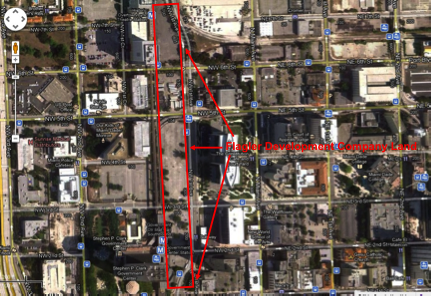
Future Flager Station?
Miami to Orlando-Only a Stepping Stone
The Miami to Orlando announcement came as a bit of a surprise to many. After all, the South Florida East Coast Corridor Study has been taking shape for the last several years. Backed by the FDOT, the SFECC has looked into the possibility of running commuter rail from downtown Miami to Jupiter. The route would include 28 stations along the east coast and improve north-south mobility between Miami-Dade, Broward and Palm Beach Counties. Commuter rail would really be the game changer for development patterns in South Florida. According to the SFECC:
New transit service in the FEC corridor would serve as the spine e of a regional intermodal network, connecting to the existing bus systems and rail transit systems including both Tri-Rail and Metrorail. It would also integrate with the various proposed transit systems including the Miami streetcar, the Wave in downtown Ft. Lauderdale and the Central Broward East-West Connection. It would link to the three major airports, Miami International, Fort Lauderdale-Hollywood International and Palm Beach International; the four regional airports within the tri-county area; and to the region’s seaports, Port of Miami, Port Everglades and Port of Palm Beach.”
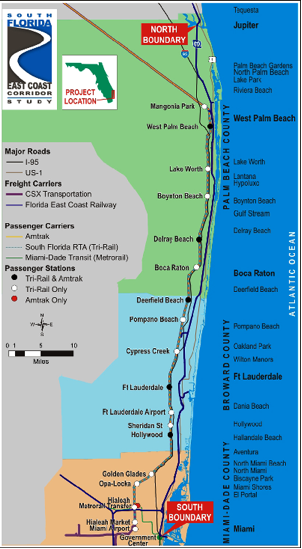
The SFECC study has already highlighted where the major train stations would be located if commuter rail comes to fruition in Miami Dade County. Real estate developers with deep pockets would be wise to purchase land near future train stations and they should lobby their politicians to make passenger rail happen; it would be in their best interest to do so. As reported in the New York Times last week, the younger generations are losing interest in car ownership. Owning a car is expensive and the younger generations rather live in walkable communities that rely less on the automobile. Generations X and Y, and even Baby Boomers are no longer interested in long commutes. The suburban dream is a thing of the past and the future for real estate developers is with TOD and urban infill projects. If I had deep pockets I’d buy land near these train stations. Eventually the choo-choo will run on the FEC-hopefully sooner than later.
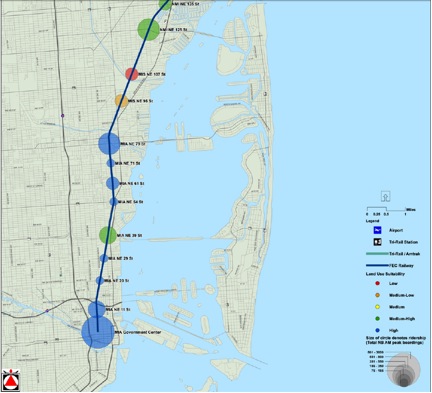
Miami Dade SFECC Stations
According to the International Business Times:
Florida East Coast Industries’ passenger proposal is still in its infancy, and much remains to be done before the first passenger tickets are taken. Many of the details are a bit ambitious – from the 2014 opening date, to the $1 billion price tag, to the “about three hour” Miami-Orlando travel time – and it remains to be seen if the company can come up with financing. But if any freight railroad in the United States can bring profits to passenger rail, it’s hard to think of a better candidate than the Florida East Coast.
I remain hopeful that we can take transportation and development to the next level. South Florida desperately needs it. We need transportation options, not more road expansion projects.
